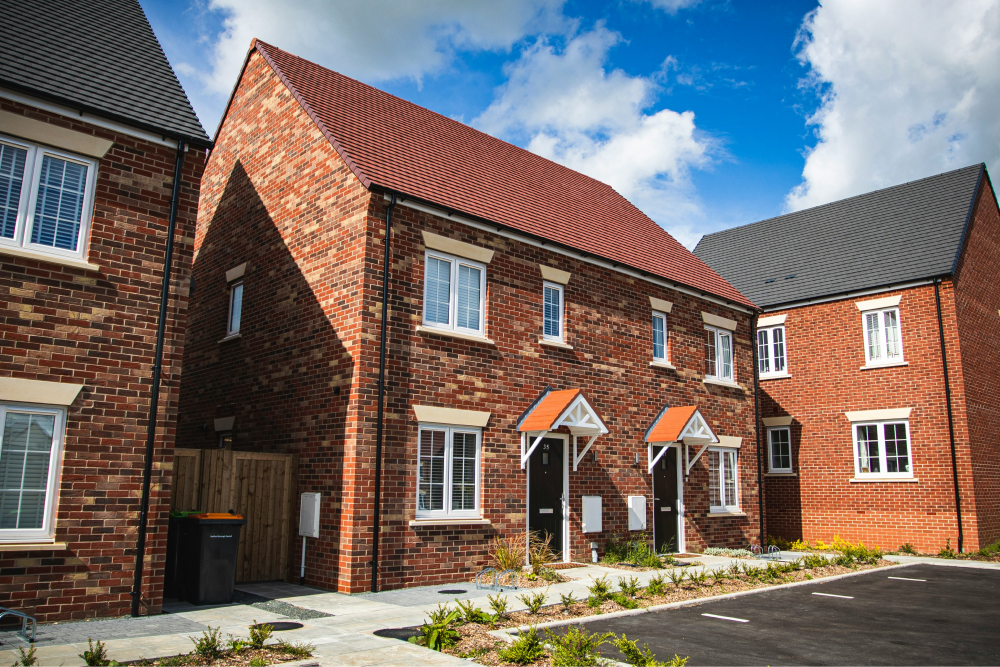Living in close quarters with others can sometimes lead to disagreements, especially when it comes to boundaries and property lines. One common source of contention is the matter of fences and walls. Whether it’s a dispute over a crumbling garden wall or disagreement on fence maintenance, understanding your rights and responsibilities can help you navigate these issues with ease. In this comprehensive guide, we’ll explore everything you need to know about fence and wall disputes in the UK, offering practical advice and introducing how Contend’s revolutionary AI legal tech can provide the guidance you need.
Introduction to Boundary Disputes: Fences and Walls
Boundary disputes between neighbours can be tricky and emotionally charged. Often, these disagreements arise from misunderstandings or a lack of clear information about who owns what and who is responsible for maintenance. The issue of fence and wall disputes is particularly prevalent in the UK, where space is at a premium and property lines are often closely packed together.
At Contend, we understand the stress and confusion that can come from these disputes. Our AI-driven legal assistance is designed to provide clear, concise, and reliable guidance to help you resolve your fence and wall issues quickly and amicably.
Understanding the Problem: What’s at Stake?
Disputes over fences and walls can vary widely but typically involve issues such as:
- Determining who owns the boundary wall or fence.
- Responsibility for maintenance and repairs.
- Disagreements over the height, style, or placement of a boundary structure.
- Issues arising from damage or overhanging vegetation.
These disputes can lead to strained relationships between neighbours and, in some cases, legal action. It’s essential to approach these situations with a clear understanding of your rights and obligations.

Legal Foundations: Who Owns the Fence?
In the UK, the ownership and responsibility for boundary features like fences and walls are not always straightforward. Here are some general principles:
- Title Deeds: Your property’s title deeds should indicate who owns which boundary. Look for “T” marks, which point towards the owner responsible for the boundary feature.
- Presumed Ownership: If there’s no clear indication in the deeds, certain presumptions can be made. For example, if a fence has its posts and rails facing your property, it’s generally presumed that your neighbour owns it.
- Shared Responsibility: In some cases, neighbours may agree to share the responsibility for maintenance and repairs, even if the legal ownership lies with just one party.
Resolving Disputes: Steps to Take
If you find yourself in a dispute with your neighbour over a wall or fence, here are some steps you can take to resolve the issue:
- Open Communication: The first step should always be to try and resolve the matter amicably. A calm, friendly discussion can often clear up any misunderstandings.
- Check Your Deeds: Look into your property’s title deeds for any information on boundary ownership and responsibilities.
- Seek Mediation: If direct communication doesn’t resolve the issue, consider mediation. A neutral third party can help both sides reach a satisfactory agreement. You can check how to agree the work with your neighbour on GOV.UK.
- Legal Advice: For more complex disputes, or if mediation fails, seeking legal advice is advisable. This is where Contend can help, offering AI-powered legal guidance tailored to your situation.
Practical Advice: Maintaining Good Fences (and Walls)
Here are some practical tips for avoiding disputes and maintaining good relations with your neighbours:
- Regular Maintenance: Keep your fences and walls in good repair. Address any issues before they become contentious. You can buy the documents from the Land Registry if you don’t have them – it doesn’t cost a lot. It might be a good idea to buy the documents for your neighbour’s home too – they might give information that’s not covered in yours.
- Clear Agreements: If you’re planning any changes to a boundary feature, discuss it with your neighbour first. Get any agreements in writing.
- Know the Law: Familiarize yourself with local regulations regarding fence and wall heights and placements.
How Contend Can Help
At Contend, we’re revolutionizing the way people access legal services. Our AI legal experts are trained to provide guidance on a wide range of issues, including fence and wall disputes. By chatting with our AI legal assistant, you can get clear, reliable answers to your legal questions in 5 minutes or less.
Conclusion: Building Better Boundaries
Fence and wall disputes can be a source of significant stress, but with the right approach, they can often be resolved amicably. By understanding your rights and responsibilities, communicating openly with your neighbours, and seeking guidance when needed, you can navigate these issues smoothly.
If you’re facing a boundary dispute and need legal advice, Contend is here to help. Our AI-powered platform offers the easiest legal help in the UK, providing you with the support you need to resolve your dispute and maintain good neighbourly relations. Chat now with Contend’s legal expert and take the first step toward resolving your fence and wall issues today.
For more info, check out some of our related articles:
